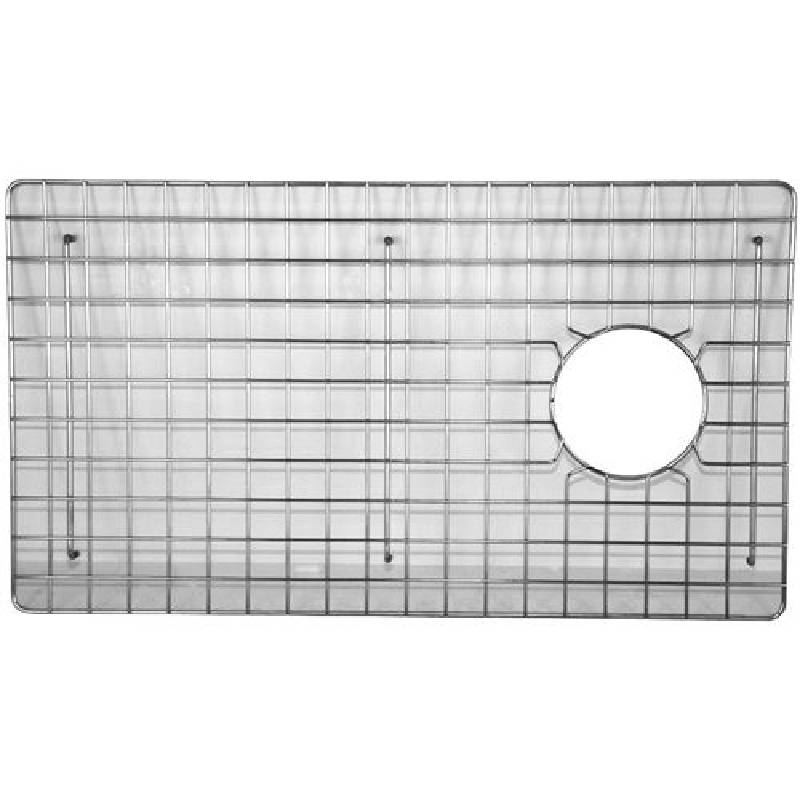
- Mobile Phone
- +8613931874955
- sales@cntcmetal.com
wall ties for 125mm cavity
Understanding Wall Ties for 125mm Cavities A Guide for Builders and Architects
In modern construction, wall ties play a crucial role in ensuring the stability and durability of cavity wall structures. A cavity wall consists of two brick or block walls with a space between them, known as the cavity. This design aids in insulation and moisture management, offering enhanced strength and energy efficiency. Specifically, wall ties are essential components for 125mm cavity walls, as they connect the inner and outer walls while allowing for movement and thermal expansion. This article delves into the significance, types, and installation of wall ties for 125mm cavities.
The Importance of Wall Ties
Wall ties are integral to providing structural support for cavity walls. Their primary function is to hold the two leaves of the wall together, preventing them from moving apart due to wind pressure or other forces. In a 125mm cavity wall, wall ties are positioned at regular intervals to ensure even distribution of stress across the structure. This alignment is crucial, as it mitigates the risk of moisture penetration, bowing, and cracking of the walls, which can lead to significant long-term structural issues.
Moreover, wall ties also contribute to the thermal performance of a building. They improve the continuity of insulation by minimizing thermal bridging—a phenomenon where heat is transferred more easily through the ties than through the surrounding materials. This enhancement not only promotes energy efficiency but also plays a role in minimizing heating costs and improving overall occupant comfort.
Types of Wall Ties
When selecting wall ties for a 125mm cavity, builders have several options to consider, including
1. Stainless Steel Wall Ties These are often preferred for their corrosion resistance and longevity. They are particularly beneficial in regions where moisture exposure is high, as they will not rust or degrade over time.
2. Galvanized Wall Ties Galvanized steel ties are coated with zinc to prevent rust, but they may not be as durable as stainless steel in extremely damp conditions. Nonetheless, they are a cost-effective option for many projects.
3. Plastic Wall Ties In certain applications, plastic wall ties may be used to reduce thermal bridging further. They can be particularly useful in low-rise buildings or residential projects.
wall ties for 125mm cavity

4. Composite Wall Ties These modern alternatives combine materials to achieve both strength and insulative properties, making them suitable for enhancing the energy efficiency of cavity walls.
Installation Guidelines
Proper installation of wall ties is paramount to their effectiveness. For a 125mm cavity wall, the following guidelines should be adhered to
- Spacing Wall ties should be installed at a maximum spacing of 900mm horizontally and 450mm vertically. This ensures adequate support and load distribution.
- Positioning Tie installation should begin from the bottom of the wall and continue upwards. They must be placed in such a manner that they are embedded securely into both the outer and inner leaves.
- Alignment Ties should be aligned to allow for vertical adjustment, facilitating accommodation of any slight movements during settling or as the building ages.
- Weatherproofing To prevent moisture ingress, it is essential to ensure that the ties are installed with proper damp-proof courses (DPCs) and that gaps are sealed appropriately.
Conclusion
In conclusion, wall ties are essential for the stability and longevity of 125mm cavity walls. Their role in maintaining structural integrity, aiding in moisture management, and enhancing thermal performance cannot be overstated. By understanding the various types of wall ties available and following proper installation practices, builders and architects can ensure that their cavity wall constructions meet the highest standards of durability and energy efficiency. Investing time and resources in the correct selection and installation of wall ties will culminate in safer and more sustainable building practices, ultimately benefiting both builders and occupants alike.
share:
-
Why Sacrificial Formwork Is Redefining Underground ConstructionNewsJun.06,2025
-
The Structural Dynamics of Modern Concrete: How Snake Spacers Revolutionize Flexible ReinforcementNewsJun.06,2025
-
Snake Spacers Smart-Lock Concrete Reinforcement with Surgical PrecisionNewsJun.06,2025
-
Snake Spacers: Reinforcement Precision for Modern Concrete ProjectsNewsJun.06,2025
-
Snake Spacers Powering Concrete's Structural DNANewsJun.06,2025
-
Slither into Success: Snake Spacers' Precision Bite for Unbreakable ReinforcementNewsJun.06,2025
-
Sacrificial Formwork: Building Stronger, Faster, and Safer StructuresNewsJun.06,2025



















